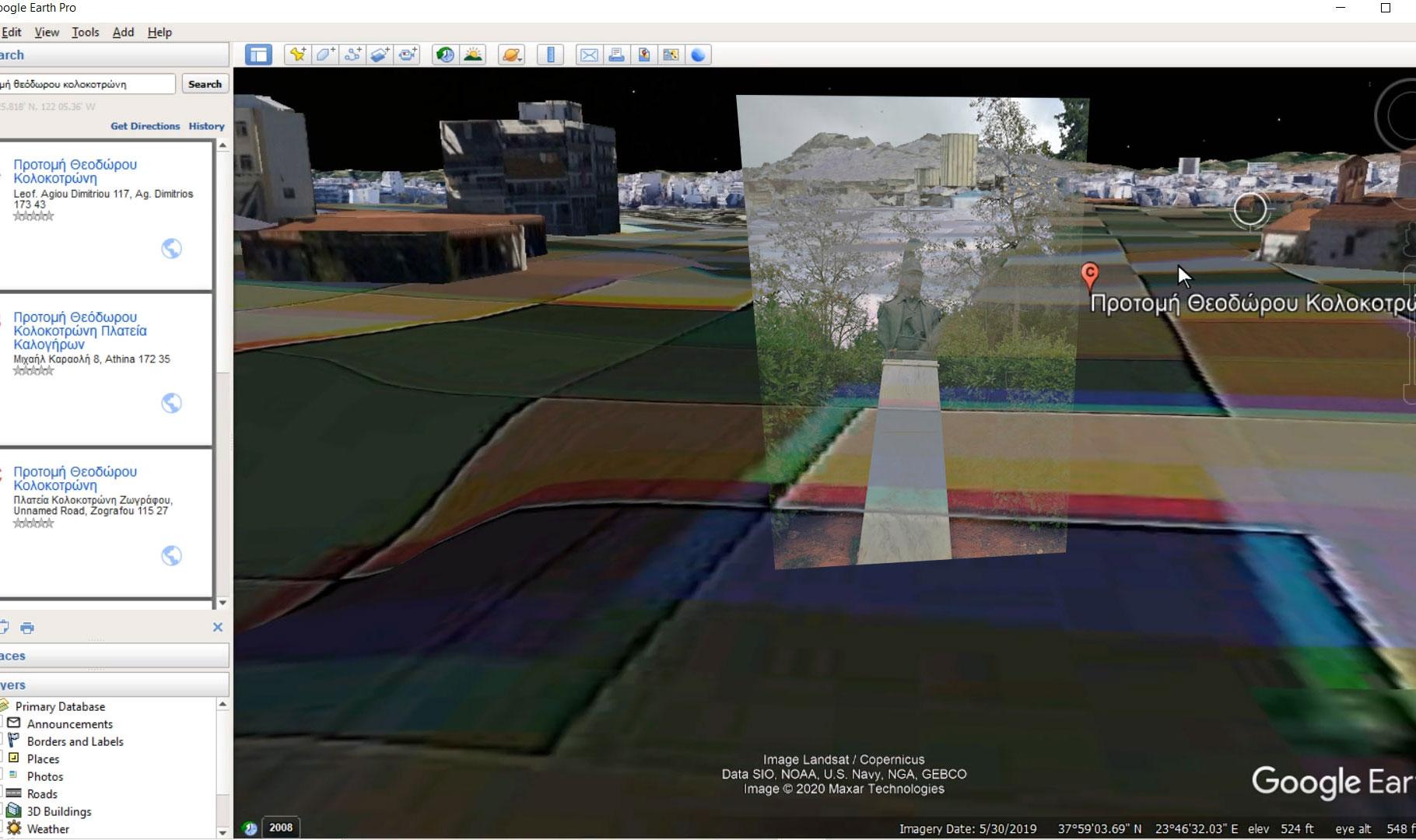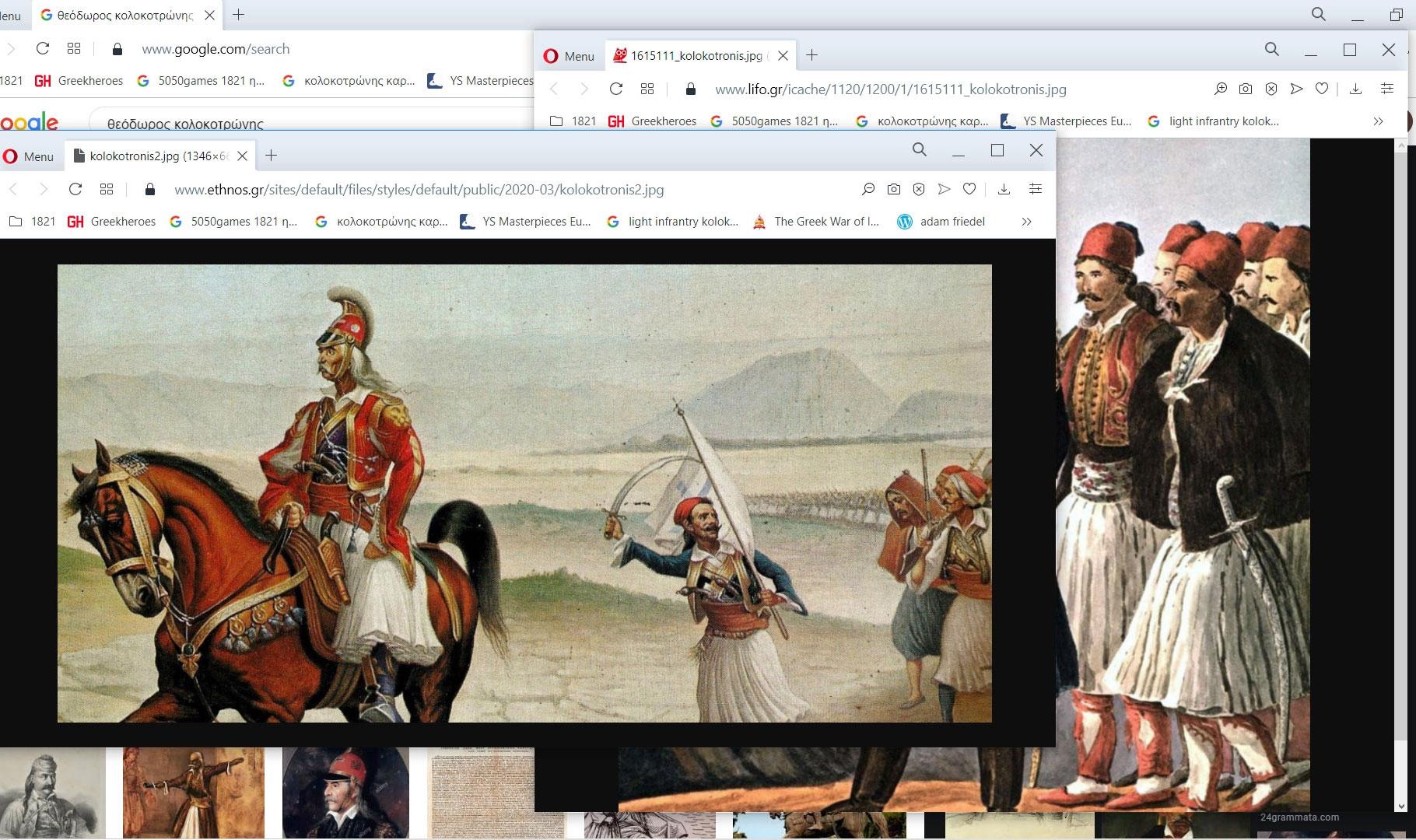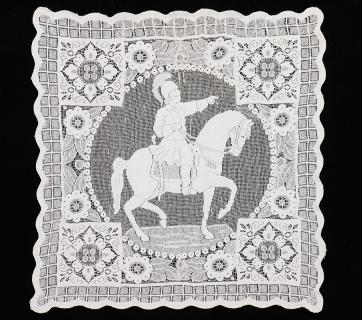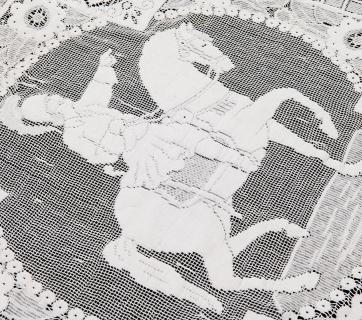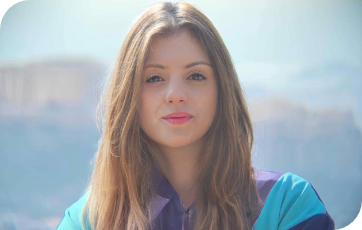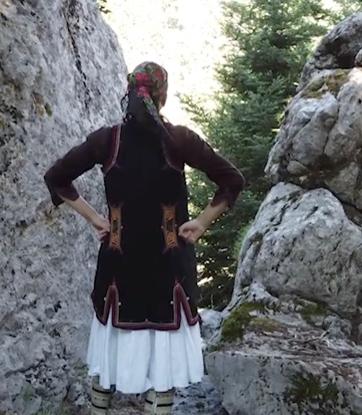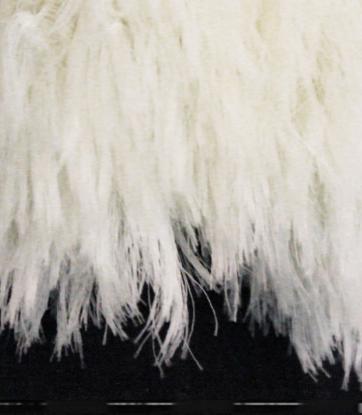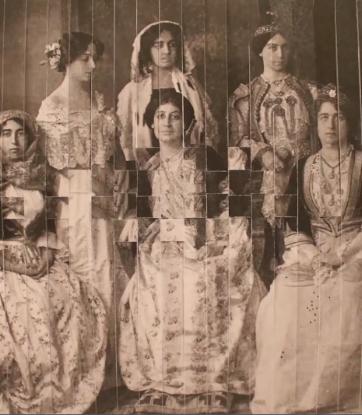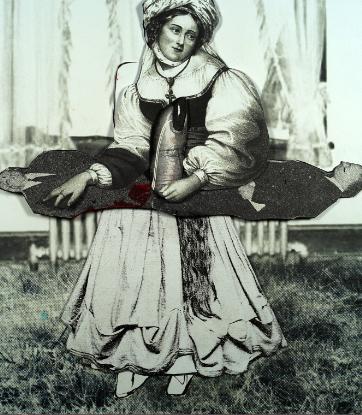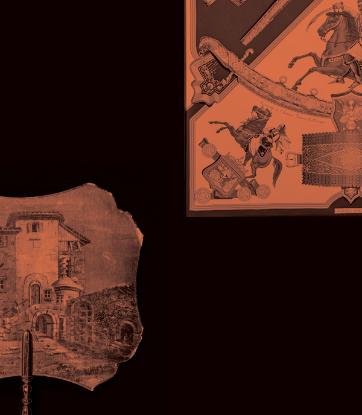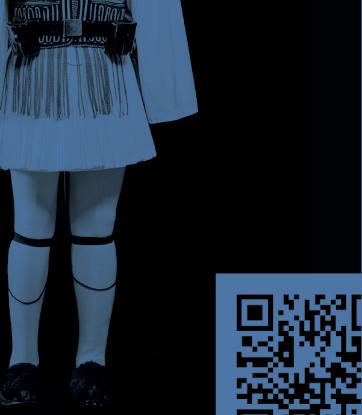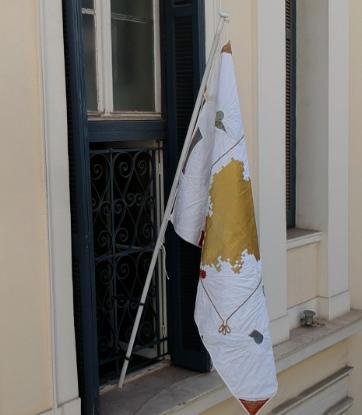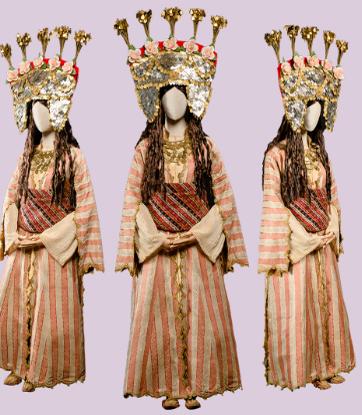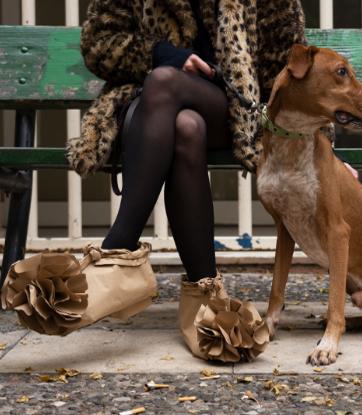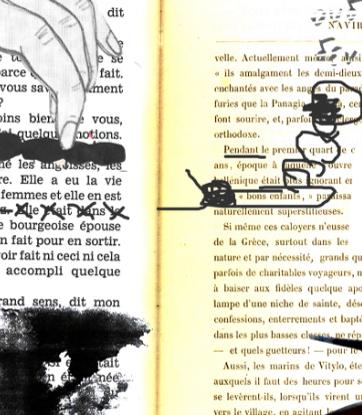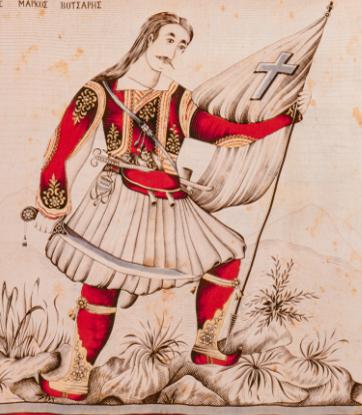Digital “appearances” of Theodoros Kolokotronis. #helmet.
Focusing on the depictions of Theodoros Kolokotronis, which sometimes show him bareheaded and other times with a helmet, Iro Vouvoueli goes back over the hero’s digital “appearances” on the worldwide web, trying to come close to him…from a distance.
The illustrations of the Old Man of Morias are many and various. From the “reef-faced” Kolokotronis, as the poet P. Soutsos calls him, “with a fierce face, weathered by the passage of time, ruined by the rage of the war {…}, like a rock beaten by the waves” -as Ioannis Vlahogiannis notes- and from that sullen figure of the first life-drawings by Danish artist Adam Friedel and the French philhellene Olivier Voutier, who represent him wearing a fez, we gradually pass to illustrations depicting a man with a leader’s stare, an impressive uniform, and a helmet.
The fact that Kolokotronis wore a helmet, a remnant of his time serving as a major in the English army in the Ionian Islands, is attested by his adjutant Fotakos1, as well as by Georgios Tertsetis2, author of the Memoirs of the general of the Greek Revolution.
This image of Kolokotronis wearing a helmet on his head was destined to be imprinted in everyone’s memory over the course of the years, while it has never ceased to be reproduced by artists and others.
- 1. “{…} Kolokotronis wore a red uniform and English epaulettes, because he was a major of the English battalions in the Ionian Islands{...}” in: Fotios Chryssanthakopoulos or Fotakos, on the Greek Revolution, Athens, 1858, p. 31-32
- 2. “He loved wearing a helmet, as a sign of ancient Greek culture. He wore it at the disembarkation of the King in Nafplion and he was the only one with a helmet on.” In: Georgios Tertsetis, “Account of the events of the Greek race from 1770 to 1836, Athens, Ch.Nikolaidou Filadelfeos Publishing, 1846, p. 280
Through the findings of a sort of “modern archaeology” collected from the Internet, the artist attempts a literal and metaphorical distancing from the well-trodden path of in situ research in archives and museums in order to (re)construct the image of the hero. In any case faced with the realities of Covid-19, most museums around the world have been closed indefinitely since 12 March 2020. The only remaining way to delve into the evidence is through the Internet. So, in this unprecedented situation where doors and windows remain closed, Vouvoueli opens the browser windows and is flinging herself into a #museumfromhome tour of digital archives, digital collections and digitized publications on the subject of depictions of the Old Man of Morias. Furthermore, the artist uses Google Earth to approach outdoor sculptures of Kolokotronis, ending up at the statue of him on horseback in Klafthmonos square, which bears the signature of Lazaros Sohos, a sculptor from Tinos.
Despite her efforts, however, to overcome the obstacles blocking access to physical sites and to take a step closer to reconstituting the hero’s image, Vouvoueli is eventually faced with restrictions set by the Personal Data Protection Authority, specifically around photos of faces published on the Internet. So the image of the face of Kolokotronis on horseback, faithfully reproduced by Sohos by using his death mask of 1843, is “blurred” again, because Google’s security algorithms automatically distort every face captured by the Google Street View cameras, even if it is only an effigy of a human!
Tania Veliskou studied History and Archaeology at the Aristotle University of Thessaloniki, receiving scholarships from the Tsagada Legacy Fund for her performance in the programmes of Folklore and Social Anthropology. With a scholarship from the “Maria Heimariou” Foundation, she undertook postgraduate specialisation studies in Museology at the Department of Museum Studies of the University of Leicester, U.K.
She has participated in research programmes at the Aristotle University of Thessaloniki on the documentation and management of costume collections, as well as in folklore research in situ in Northern Greece. She works as a curator at the Museum of the History of the Greek Costume of Lykeion ton Ellinidon, primarily on museological research, museography design and the curation of thematic exhibitions. She is a member of the Hellenic Costume Society.
Iro Vouvoueli
Thanos Kappas
Mariliza Valtazanou
Penny Saccopoulou–Valtazanou
Tania Veliskou
